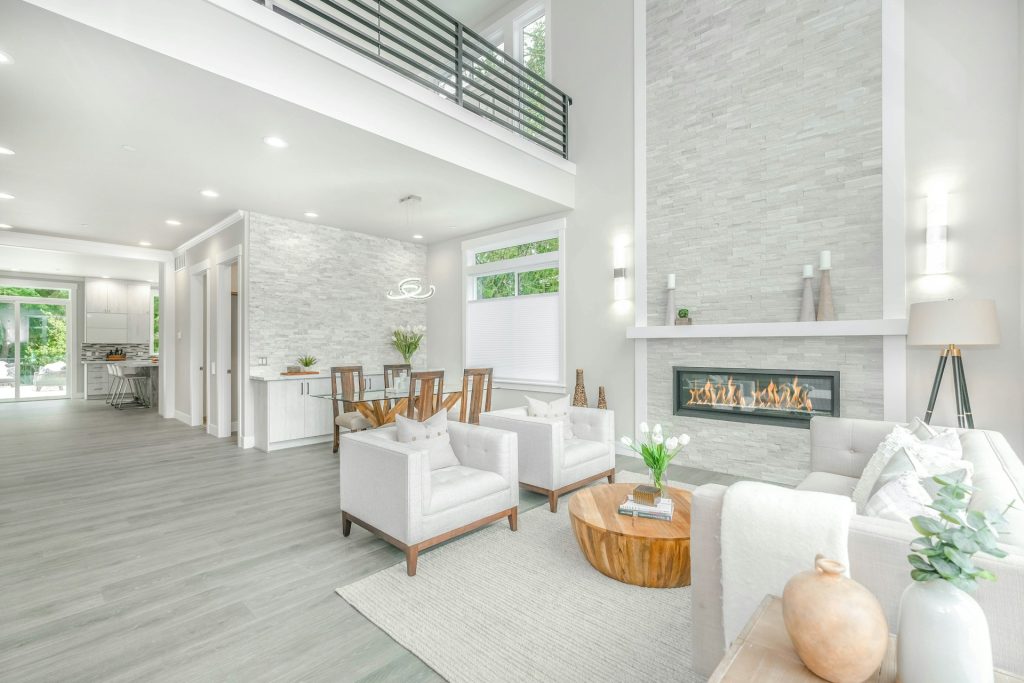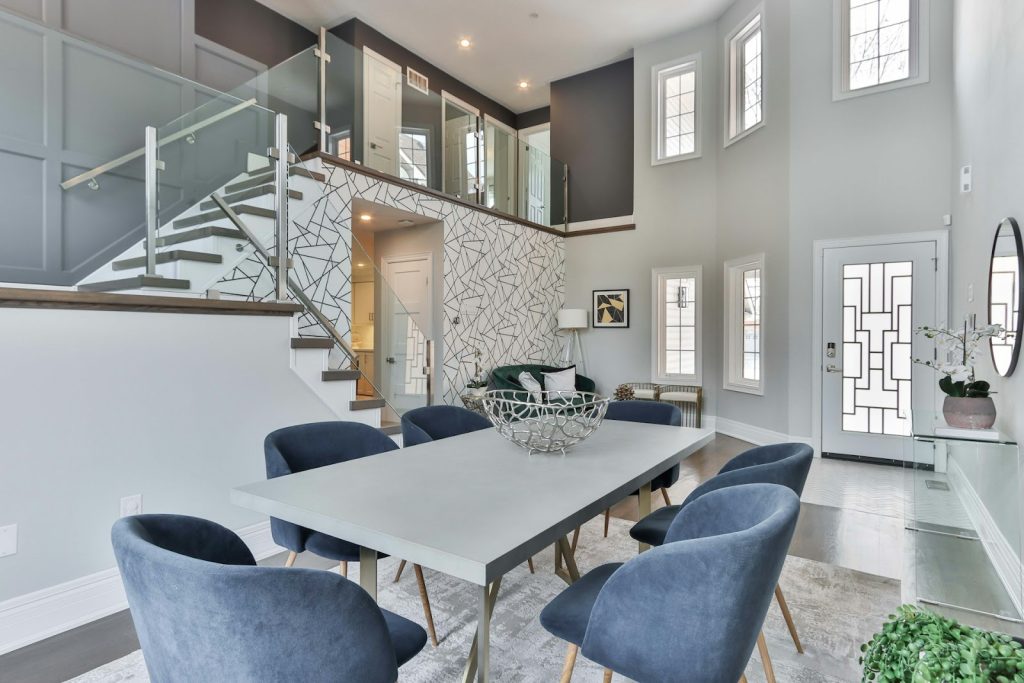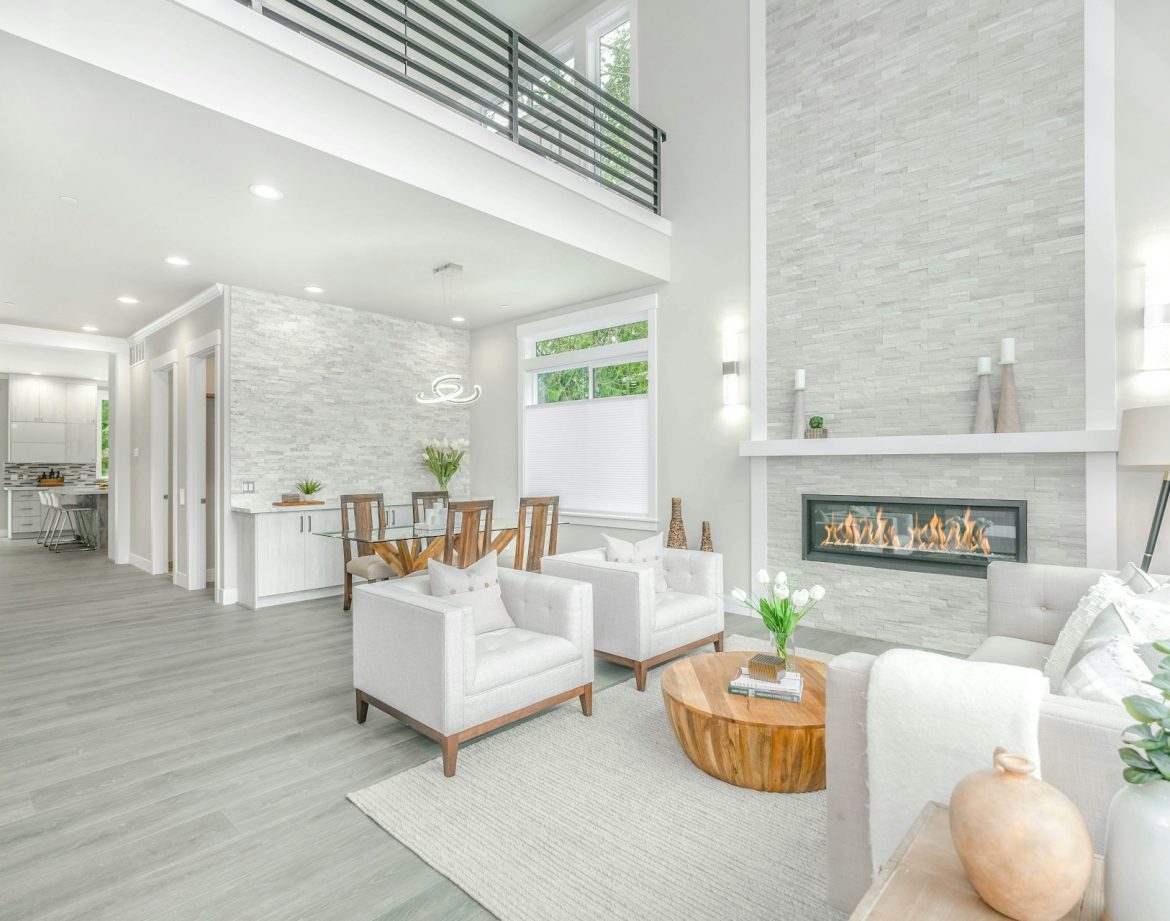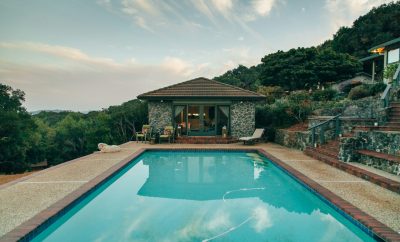How to Incorporate Eco-friendly Practices into Your Luxury Home in the Alps

Incorporating sustainable practices into luxury homes is becoming increasingly prominent in the luxury real estate market. As environmental consciousness grows among homebuyers, luxury home builders and designers are answering the call with innovative solutions that allow for luxurious living without compromising the planet’s well-being.
It’s now possible for homeowners to enjoy the extravagance they’re accustomed to while being stewards of environmental sustainability. Eco-friendly luxury home solutions are designed to minimize waste and utilize resources most effectively without sacrificing the comfort and style synonymous with high-end living.
In this article, you will learn how to incorporate eco-friendly practices into luxury homes.
Why Is Sustainability Important in Luxury Homes?
Sustainability in luxury home building is an imperative aspect for those aiming for a sustainable luxury lifestyle. High-end homes are incorporating green practices to not only reduce environmental impact but also increase efficiency and, in the long run, cut costs.
- Energy efficiency: A cornerstone of sustainability, energy-efficient designs include features such as solar panels and smart home systems, which align with environmental responsibility.
- Material selection: The use of sustainably sourced, non-toxic materials contributes to a healthier lifestyle and reduces the ecological footprint of a property.
- Water conservation: Luxurious landscapes are being transformed using drought-resistant plants and sophisticated irrigation systems to promote water efficiency.
The adoption of these practices reveals a commitment to a sustainable future. The owners of luxury homes are recognizing that their choices have power and influence in the market place. They can set trends that shape industry standards by embracing sustainable lifestyle choices. Builders and architects are responding creatively, building homes that provide luxury and comfort without compromising on ecological integrity.
Designing for Energy Efficiency

When creating eco-friendly luxury homes, the importance of energy efficiency cannot be overstated. It involves implementing measures that reduce energy consumption while maintaining comfort, ranging from advanced insulation to sophisticated energy management systems.
Innovative insulation and windows
Selecting the right insulation and windows is crucial for minimizing heat loss in winter and heat gain in summer. Homes should use high-performance, energy-efficient windows that have low-emissivity (Low-E) coatings and are filled with inert gases like argon or krypton to reduce thermal transfer.
For insulation, you can choose materials such as spray foam or rigid foam boards that provide high R-values, ensuring much less energy is required to heat or cool the home.
Heating, cooling and energy management systems
The heating and cooling systems in sustainable luxury homes should be state-of-the-art to ensure optimal temperature control with minimal consumption. This can be achieved through geothermal heat pumps, which use the stable temperature of the earth to increase efficiency, or through high-efficiency furnaces and air conditioners that utilize the latest technology to reduce electricity usage.
A smart energy management strategy is imperative for efficiently managing these systems. This involves the use of home automation systems, which intelligently adjust the climate within the home based on occupancy patterns and preferred comfort levels. As a result, energy is used only when and where needed to maintain overall energy efficiency.
Integration of Renewable Energy Sources
Luxury homes can significantly reduce their environmental impact by integrating renewable energy sources. This involves leveraging advanced technologies to harness natural energy.
Solar panel installation
Solar panels are a cornerstone of eco-friendly energy strategy in luxury homes. They convert sunlight directly into electricity, serving as a reliable and low-maintenance source of power. When installing solar panels, homeowners should engage certified professionals to evaluate factors like roof angle, shading, and local climate to maximize energy production.
The transition to renewable energy sources also prepares homes for future energy demands, as projections suggest a steep rise in electricity consumption.
Geothermal energy solutions
Geothermal energy taps into heat stored beneath the Earth’s surface to provide heating and cooling for homes. Installation includes a network of underground pipes, known as a geothermal loop, which transfers the Earth’s consistent temperature to the home via a heat pump.
Geothermal systems reduce reliance on fossil fuels and can significantly decrease energy consumption. Incorporating geothermal energy is seen as an investment that can enhance a property’s value and contribute to energy independence.
Eco-friendly Sustainable Materials in Construction
When constructing luxury homes with an emphasis on eco-friendliness, the choice of materials plays a pivotal role. Architects and house owners should focus on sustainable materials that minimize environmental impact while maintaining the elegance and durability expected in luxury construction.
Selecting natural and recycled materials
Eco-friendly materials such as recycled glass and plastic can be used for countertops, tiles, and even insulation, reducing the demand for virgin resources and the home’s ecological footprint. Sustainable materials like bamboo, cork, and sustainable harvested wood offer both aesthetic appeal and a reduced environmental impact.
Utilizing reclaimed wood and glass
Incorporating reclaimed wood enhances the character of luxury homes while honoring environmental stewardship. Reclaimed wood, salvaged from old buildings or industrial facilities, provides a unique aesthetic that cannot be replicated with new materials.
Similarly, recycled glass not only exhibits distinctive beauty, it also diverts a significant amount of waste from landfills, further contributing to an eco-friendly construction approach.
Smart Home Technologies for Efficiency
Smart home technologies offer seamless control over various aspects of a home, ensuring that energy consumption is optimized without sacrificing comfort or style.
Automated lighting and smart irrigation
Automated lighting systems play a fundamental role in improving a home’s energy efficiency. They can detect occupancy and adjust brightness based on natural light levels. This not only reduces energy usage but also extends bulb life.
For exterior needs, smart irrigation systems manage water use effectively, providing just the right amount of water for landscapes based on weather reports and soil moisture, ultimately conserving water and supporting a lush garden with minimal waste.
Energy-efficient appliances
Refrigerators, dishwashers, and HVAC systems with high efficiency can have a significant impact on reducing a home’s carbon footprint. With smart technology, these appliances can learn a homeowner’s usage patterns and optimize their operation times to coincide with off-peak energy periods for cost savings.
For example, heat pumps are gaining popularity due to their ability to use less energy by transferring heat rather than generating it, which translates into both environmental benefits and lower utility bills.
Indoor Environmental Quality and Well-being
By focusing on air quality and natural elements, luxury homes can offer more than just a place to live; they can provide a sanctuary that promotes health and happiness.
Improving air quality and ventilation
Proper ventilation significantly improves indoor air quality by reducing pollutants, allergens, and moisture levels. Luxury homes should integrate advanced filtration systems (such as HEPA filters) to cleanse the air of particulate matter.
In addition, incorporating energy recovery ventilators (ERVs) helps maintain fresh air flow without losing the conditioned air, which is vital for both reducing energy consumption and keeping the indoor air fresh.
Natural lighting and indoor plant life
Incorporating abundant natural light can drastically improve the ambience and health of the indoor environment. Designing homes with large windows and skylights allows daylight to brighten the space, which can boost mood and increase productivity.
Indoor plant life is beneficial for the air quality. Certain plants are known for their ability to purify the air, such as spider plants and peace lilies, which absorb pollutants and emit oxygen.
Water Conservation
When it comes to incorporating water conservation practices, low-flow fixtures are a straightforward modification with significant impact. These include low-flow toilets, showerheads, and faucets. They reduce water usage by using high-pressure techniques to deliver less water more effectively.
Another innovative approach is the integration of greywater recycling systems. Greywater from sinks, showers, and washers, is treated and reused for irrigation and toilet flushing. This reduces the demand for freshwater supplies and the volume of wastewater.
Moreover, some advanced luxury homes utilize rainwater harvesting systems. They capture rainwater from roofs which is then stored in tanks. After some basic filtering, it can be used to water gardens, wash cars, or for other non-potable applications.
Finally, smart irrigation systems optimize water usage for landscaping. They assess weather forecasts, soil moisture content, and plant water requirements to deliver precise watering schedules, reducing wastage.
Incorporating Green Spaces into Luxury Living

Integrating green spaces into luxury homes enhances not only their aesthetic appeal but also the quality of life for residents. Green spaces can take multiple forms, from lush rooftop gardens to expansive landscaped grounds.
- Indoor-outdoor connectivity: Large glass sliding doors and open terraces enable residents to enjoy the tranquility of outdoor gardens, which become natural extensions of the living space.
- Rooftop gardens and vertical greenery: These areas offer a private oasis and contribute to better air quality within the home.
- Sustainable materials: Recycled wood for decks or benches and locally-sourced stones for pathways not only support the environment but also add to the exclusivity and luxury appeal of the property.
- Biodiverse environments: The presence of such biodiversity can elevate the serene experience of luxury living and foster a closer connection to nature.
In luxury villas, dedicating space for outdoor entertainment amidst greenery is a much-desired feature. Barbecue areas, infinity pools surrounded by lush flora, and outdoor dining spaces enveloped in fragrant gardens are all part of the extravagant lifestyle.
Educating Buyers on Environmental Stewardship
When real estate professionals engage with environmentally conscious buyers, it’s essential to inform them about the significance of environmental awareness. This involves strategies for reducing a home’s environmental impact and promoting sustainable living. Educational approaches include workshops and seminars, informational brochures, and personal consultations.
By focusing on these approaches, professionals provide buyers with the knowledge to make informed decisions that align with their environmentally conscious values. Through education, buyers are better prepared to contribute positively to the environment by making choices that reflect a commitment to sustainability within the luxury market.
The Economic Benefits of Sustainable Luxury Real Estate
Sustainable luxury real estate has emerged as a niche but significant sector within the larger real estate market. Properties that are built or renovated to include eco-friendly features often experience a range of economic benefits. They attract buyers interested in reducing their environmental footprint while still enjoying luxury amenities.
- Energy efficiency: Luxury properties with sustainable design typically incorporate energy-saving technologies. It decreases energy costs significantly over time, appealing to high-end buyers conscious of long-term savings and operational efficiency.
- Enhanced property values: Eco-friendly luxury properties can command a higher market value. Buyers recognize the long-term value of sustainable features, sometimes resulting in higher initial buying prices and increased resale value.
- Market appeal: The luxury sector is increasingly sensitive to environmental concerns, and properties branded as ‘green’ or ‘sustainable’ tap into this market demand. They stand out among conventional properties, often leading to quicker sales.
- Economic incentives: Governments often provide tax incentives or rebates for eco-friendly construction, beneficial for homeowners and developers alike.
- Reduced carbon footprint: Homeowners contribute positively to the environment, aligning with a growing societal push towards ethical and responsible living.
Eco-friendly Real Estate as a Way to the Sustainable Future
Incorporation of eco-friendly practices within the luxury real estate market not only promotes a greener future but also presents a savvy economic opportunity for investors and homeowners. This is even more obvious in areas that are focused on luxury real estate, such as high-end ski resorts like Verbier.
Take a look at our list of Verbier properties for sales and you’ll find real estate that exudes luxury and is built in a sustainable, eco-friendly way.




